
|
The farthest a human has ever traveled away from our planet is the moon, and the last time that happened was on December 17th, 1972. While we still have people orbiting the Earth in the International Space Station (ISS), humans have not ventured further in decades. The reasons are many, from costs to the logistics of sending a human being to outer space, which has led scientists and astronomers to find an alternative solutions – unmanned space missions. Many of you will have heard of the European Space Agency’s (ESA) Rosetta mission, in which they landed an unmanned spaceship on an asteroid for the first time in history. Then there's the ongoing New Horizons mission, where NASA’s unmanned spaceship flew close to the dwarf planet Pluto, and its moon Charon, taking the first proper color photos of the frozen planetoid. And of course, everyone knows of the Mars rovers – Opportunity and Curiosity, the latter still roams the red planet, providing us with invaluable information. Did you know, however, that there are several other exciting space missions that are underway right now?
1. Juno: Jupiter |
 |
| Image source: NASA |
|
NASA’s mission Juno was launched in 2011 and has been heading towards Jupiter ever since. It will gather information to allow us to learn how the gas giant was formed, what its composition is, and how it affected the solar system when it was created. Jupiter has a powerful gravitational field that serves as a shield against stellar debris such as asteroids, for the inner planets. Despite its seemingly vital role, we still don’t know much about it, and this is where Juno will come into play, when it arrives on July 4th 2016.
2. Akatsuki: Venus |
 |
| Image source: Dennis Normile/news.sciencemag.org |
|
Launched in 2010, Akatsuki is meant to be a weather satellite with a catch – it’s meant to track the weather on the planet Venus. The Japanese Aerospace Explorations Agency (JAXA) had some problems with the craft’s thrusters and couldn’t place it in orbit around Venus, but still managed to leave it in orbit around the sun. In the time since the failure, scientists figured out how to fix the problem and are now waiting for Venus and Akatsuki to align, so they can attempt to place it in orbit once more. This should happen by the end of 2015.
3. Dawn: Ceres |
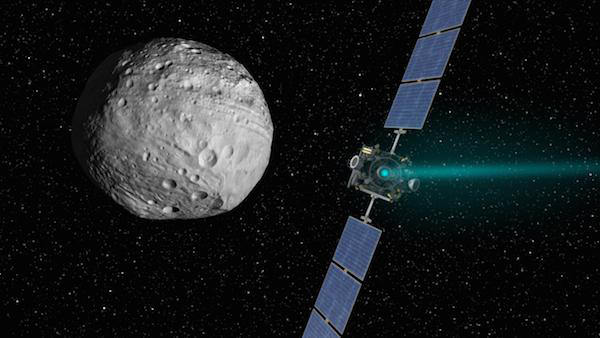 |
| Image source: NASA |
|
Ceres is a dwarf planet and the largest stellar body in the asteroid belt between Mars and Jupiter. The Dawn mission a manmade spacecraft, has approached and photographed this dwarf planet. Some of the photos have revealed unexplained white dots on the surface, which at this time are still being investigated.
4. New Horizons: The Kuiper Belt |
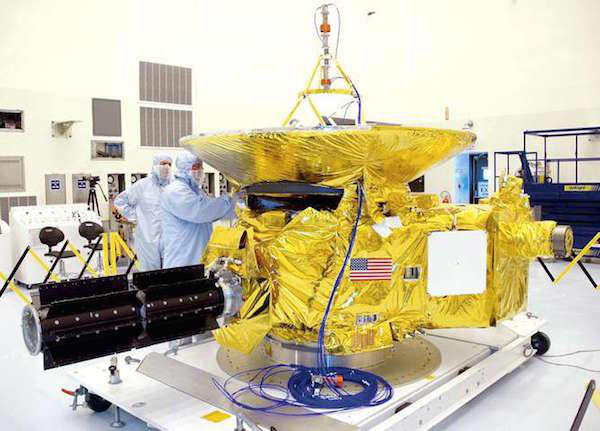 |
| Image source: NASA |
|
After its visit to Pluto in July 2015, some ten years after its launch, New Horizons continues to head out of the solar system. Its next destination is the Kuiper Belt – the outer rim of our solar system, well beyond the known planets. The belt is a huge asteroid field, 20 times larger than the internal asteroid field. The belt contains many smaller bodies that are larger than asteroids but smaller than planets, composed mainly of rock, metal, and water. These chunks of space rocks have been there since the formation of the solar system, and the NASA scientists are keen to explore them.
5. Rosetta: Riding a Comet |
 |
| Image source: CNES / ill. D. Ducros |
|
The ESA’s Rosetta mission to land the first ever spacecraft on an asteroid proved successful, when its lander, Philae, touched down on the surface of comet 67P/Churyumov–Gerasimenko on November 12th 2014. Due to a miscalculation, the lander ended up in a crevasse, which allowed very little sunlight to reach the craft’s solar panels, forcing it into “sleep mode”. At the moment, ESA scientists are waiting for 67P to move closer to the sun, which should allow more light to reach Philae and recharge it. Hopefully, this will happen early enough to allow the lander to gather valuable information about the gasses that are released from comets as they approach stars. |
|
6. Cassini: Jupiter’s Moons |
 |
| Image source: NASA |
|
Launched nearly 20 years ago (!), Cassini traveled 750 million miles to reach Saturn in 2004. During its 7-year flight, it also passed by Jupiter, taking the most detailed photos of the gas giant that has ever been taken. Upon arriving at Saturn, Cassini released a landing vehicle, Huygens, which landed on the surface of Titan, one of Saturn’s moons. The mission continued, as Cassini gathered samples from the geysers of another one of Saturn’s moons, Enceladus, in 2008. The craft is still in good working order, and it is now heading back towards Jupiter’s moons to study them.
7. Hayabusa 2: Asteroid JU3 |
 |
| Image source: J.R.C. Garry |
|
The Hayabusa 2's mission is to try and determine the origins of life. To achieve its goal, Hayabusa 2 is heading towards asteroid JU3 and is scheduled to rendezvous with it in 2018. The craft will then proceed to send three small sensors to the asteroid’s surface to study it and collect samples, eventually planning to land on its surface. Once it lands, Hayabusa will then lift off again, leaving an explosive device behind, and will resume orbit around the asteroid. Once the bomb explodes, the craft will land in the crater and collect samples to carry back to Earth for further analysis.
8. Pioneer 10 & 11: Beyond the Solar System |
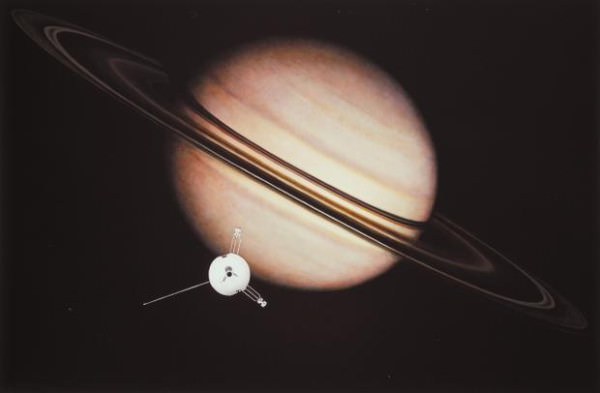 |
| Image source: NASA |
|
Launched in 1972 and 1973, the Pioneer missions are the record holders for “furthest manmade object in space”. While we lost contact with Pioneer 10 in 2003, we know that its trajectory is taking it to the star Aldebaran, and it should get there in roughly 2 million years. Pioneer 11 is currently 44,100,000,000,000,000 miles away from Earth and is heading towards the Scutum constellation. Both crafts carry plaques with detailed information on human biology, knowledge, and the location of Earth in the galaxy, in case aliens find it and decide they want to visit.
9. Voyager 1: Beyond the Solar System |
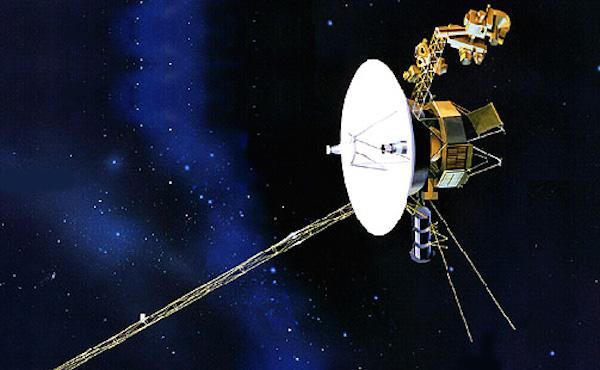 |
| Image source: NASA |
|
NASA launched Voyager 1 in 1977, with the mission to visit most of the outer planets. Voyager 1 provided us with the first real photos of Jupiter and Saturn and some of their moons. It even sent us the first photos that showed volcanos on Io, which is one of Jupiter’s moons. In 1990, it sent back a picture of Earth from a distance of 3.7 billion miles. The picture, titled “Pale Blue Dot” shows Earth as nothing more than a barely visible dot in the cosmos. It is expected that Voyager 1 will cease operations by 2030, when it will no longer be able to generate enough power through its tiny nuclear reactor. |
|
10. Voyager 2: Beyond the Solar System |
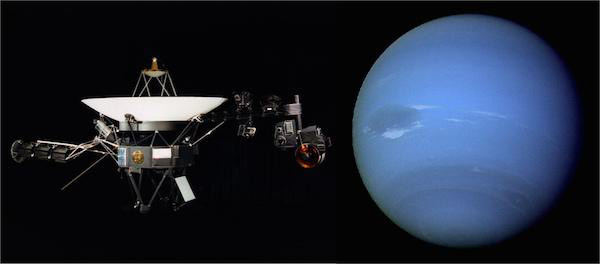 |
| Image source: NASA |
|
Voyager 1’s twin followed its sister craft three weeks later, but was aimed at Uranus, Neptune, and their moons, sending us more phenomenal shots of the outer planets. Like its sister craft, Voyager 2 is expected to run out of power by 2030.
11. Kepler Space Observatory: Searching for Earth-like Planets |
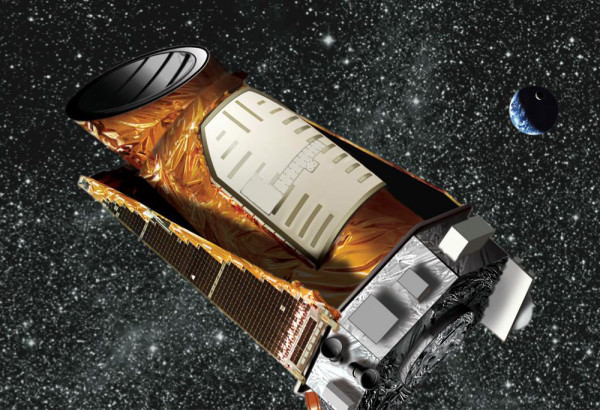 |
| Image source: NASA |
|
One of NASA’s most interesting missions – the Kepler Observatory is a deep-space telescope designed to find planets in other solar systems. The telescope is so advanced that it can determine if the planet is in a star’s habitable zone, as well as its size. Since its launch in 2009, the Kepler program has found over 4,200 planets, with around 1,000 of them being in a zone where life could potentially develop.
12. STEREO: Measuring the Sun |
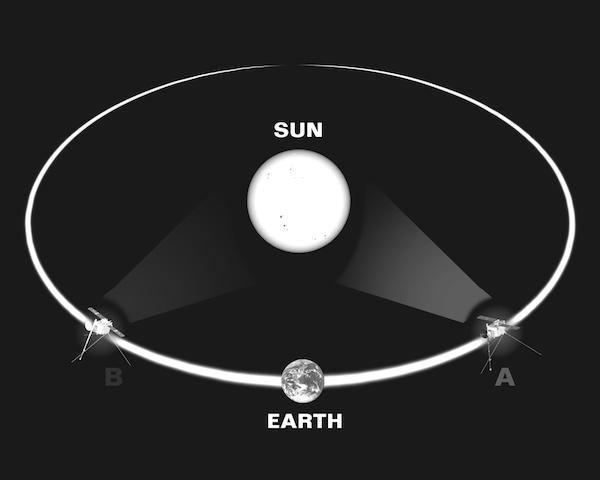 |
| Image source: berkeley.edu |
|
In 2006, NASA launched a pair of identical satellites named STEREO A and STEREO B. The satellites are meant to observe the sun from two points in space – one ahead of the Earth and another behind it. This amazing duo provides scientists with a full view of the sun, without the need to guess what is happening on the side we couldn’t see. If you’re curious to know more, visit the SSC website.
13. Mars Orbiter Mission: Mars |
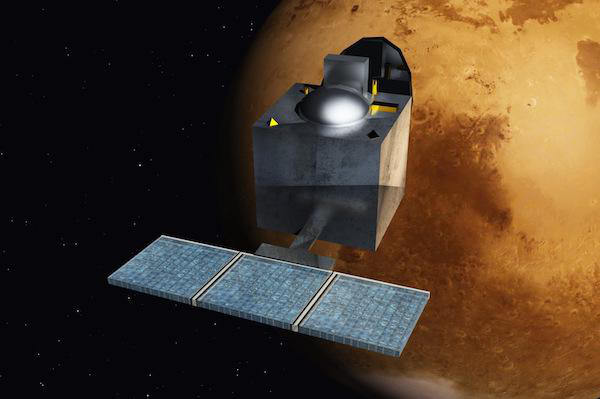 |
| Image source: Nesnad/Wikimedia Commons |
|
The India Space Research Organization (ISRO) launched its own satellite mission to Mars, named Mars Orbiter Mission (MOM). MOM is, to this day, the cheapest mission to Mars ever launched, costing just $73 million. The satellite reached and began orbiting the red planet in late 2014, and at the time of writing, it's still working perfectly and delivering valuable information to the ISRO.
14. Venus Express: Venus |
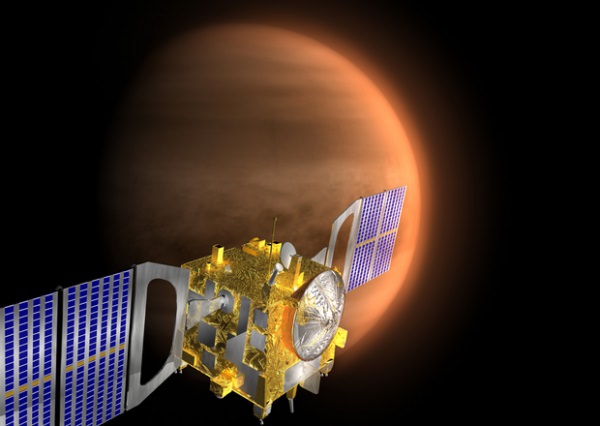 |
| Image source: NASA |
|
Launched in 2005, the Venus Express’ mission is to chart Venus’ climate. The missionwas originally due to last 500 days, and that time has long since elapsed, but the ESA decided to use the still-functioning craft to follow Earth from Venus and see if it’s possible to spot life from that distance. If the study works, and signs of life can be spotted from a distant planet, it may have a profound effect on how we study astrophysics, as well as future exploration of space. |